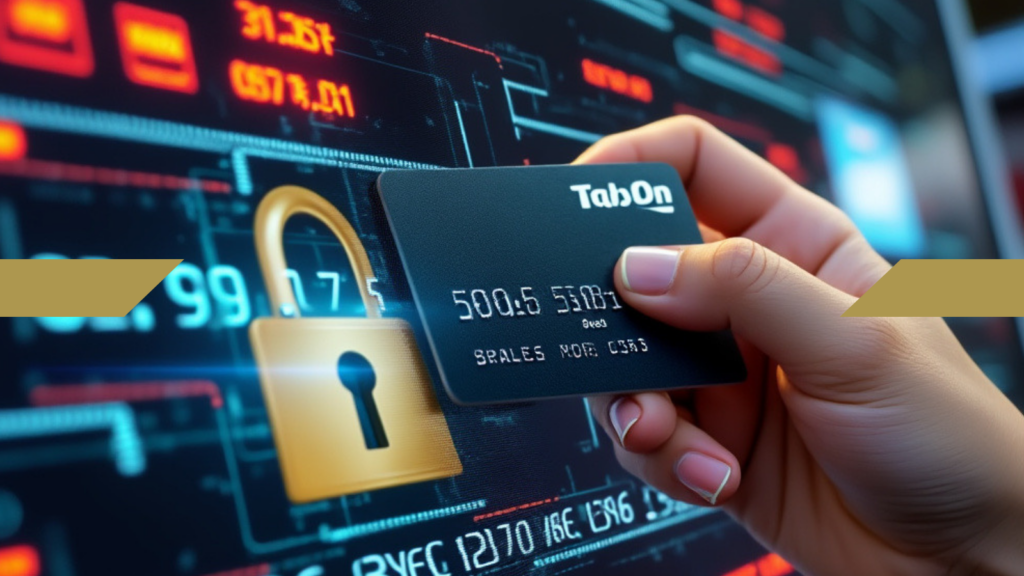Black Friday and the holiday shopping season are prime times for increased security risks, as cybercriminals take advantage of the higher volume of online transactions. Here are some key tips for safely using credit cards and ensuring a secure checkout process during these times:
1. Verify Site Security
- Check for HTTPS: Before entering your payment details, ensure the URL begins with “https://” rather than “http://.” The “s” signifies a secure, encrypted connection.
- Look for the Padlock Symbol: Most secure sites show a padlock icon next to the URL. Click on it to view the site’s security certificate details.
- Beware of Look-Alike URLs: Scammers often create websites with URLs similar to popular stores, like adding extra letters or symbols. Double-check for small variations in the URL that could indicate a fake site.
2. Use Trusted Websites
- Shop on Official Websites or Recognized Marketplaces: Use reputable, known retailers or verified platforms. Avoid shopping through unfamiliar ads or pop-ups that may redirect you to insecure sites.
- Research Smaller Retailers: If you’re using a lesser-known online store, read customer reviews and check the business’s authenticity. Look for contact information and social media presence to gauge credibility.
3. Avoid Public Wi-Fi for Purchases
- Stick to Secure Networks: Public Wi-Fi networks are generally less secure, making it easier for attackers to intercept data. Use a private, password-protected network for purchases whenever possible.
- Consider a VPN: If you need to use public Wi-Fi, consider using a Virtual Private Network (VPN) to add an extra layer of encryption.
4. Enable Two-Factor Authentication (2FA)
- Activate 2FA: Many banks and retailers offer two-factor authentication. It adds an extra step to the checkout process by requiring a code sent to your phone or email, making unauthorized access much harder for attackers.
5. Use Digital Wallets for Extra Security
- Pay with Digital Wallets: Services like Apple Pay, Google Pay, and PayPal offer encrypted transactions and minimize the need to enter your card information manually, reducing the chances of data exposure.
6. Monitor Your Accounts Regularly
- Check for Unauthorized Charges: Review your bank and credit card statements frequently, especially after making holiday purchases. Report any suspicious activity immediately to your bank.
- Enable Purchase Alerts: Many banks and credit card companies allow you to set up alerts for transactions. These can help you spot any unauthorized purchases in real time.
7. Stay Wary of Phishing Attempts
- Don’t Click on Unverified Links: Be cautious of emails or texts that ask for personal information or provide offers that seem too good to be true. Only log into your accounts directly through official websites, not through email links.
- Verify Before Entering Info: Phishing scams often mimic familiar sites to steal your credentials. Before entering any information, double-check that you’re on the correct website.
8. Use Credit Cards, Not Debit Cards
- Credit Cards Offer More Protection: Credit cards generally have better fraud protection and liability limits than debit cards, which directly access your bank account.
9. Keep Devices Secure
- Update Software and Apps: Make sure your devices, browsers, and security software are updated to the latest versions. This protects against vulnerabilities that cybercriminals might exploit.
- Use Strong Passwords: Protect your accounts with complex passwords and avoid reusing them across different sites.
By being cautious and attentive to these security measures, you can protect yourself from potential fraud and enjoy a safer shopping experience during Black Friday and the holiday season



















